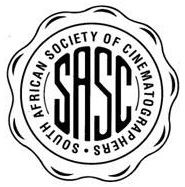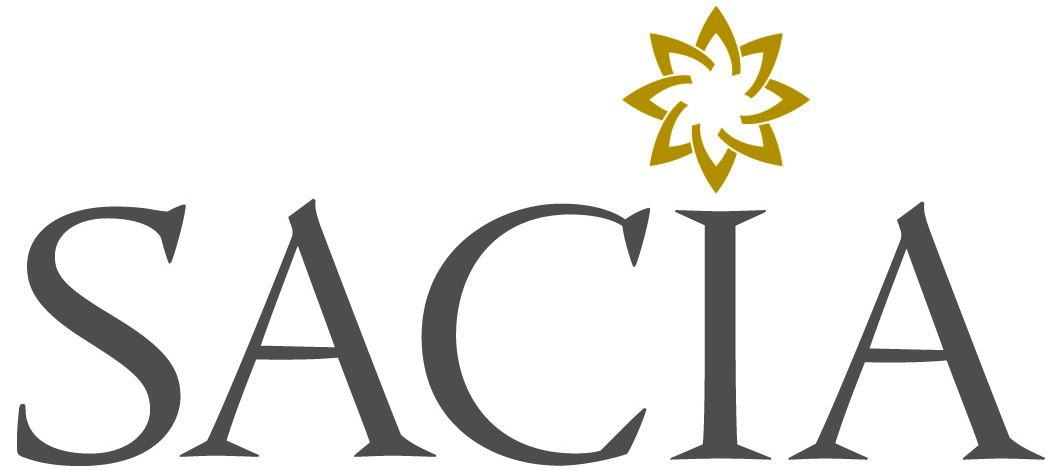
2.2.10 SASC – Professional Cinematographer
Description
An individual applying for the SASC acronym should be able to demonstrate a detailed understanding of the entire content production process, including an in-depth understanding of the management and administration systems that apply to cinematography. The candidate should also demonstrate a detailed understanding of the art and craft of cinematography in the film/ video environment.
Benefits
- Become a member of the SA Society of Cinematographers and use the designatory letters SASC behind their name
- Offer employers and colleagues assurance of commitment to the film and video industry
- Be listed on the National Learners’ Record Database
Qualifying criteria
Applicants must have:
- completed at least five years of industry related experience. Individuals working on a freelance basis should demonstrate that they have worked a minimum 105 days in each year.
- hold a relevant NQF-level 7 qualification in film and video production or similar. An example of a relevant qualification might include the Bachelor of Arts in Motion Picture Medium (qualification 35934) offered by AFDA, or the Bachelor of Arts in Film & Media Production (qualification 90672) offered by several Universities.
- Provide a portfolio of evidence demonstrating their detailed understanding of the art and craft of cinematography in the film/ video environment.
- Gained an endorsement from three people of good standing within the film and video industry
Designation competencies
A person applying for recognition as a SASC Professional Cinematographer should be able to demonstrate the following:
- An informed knowledge of core technologies used in every piece of the film-making process, including camerawork, lighting, sound, special effects, design, and post-production processes. The candidate should also demonstrate an informed understanding of the key terms, rules, disciplines, concepts, established principles and theories relating to film and video production - both interior, exterior, in the sound stage or on location.
- An informed knowledge and practical competence in the safety protocols that apply to a film set, particularly relating to firearms, explosives, and rigging systems commonly used in the film industry.
- An understanding of different forms of knowledge, schools of thought and forms of explanation within an area of study, operation or practice, and awareness of knowledge production processes.
- The ability to evaluate, select and apply appropriate methods, procedures or techniques in investigation or application processes within a defined context.
- The ability to understand, draft, evaluate and analyse stories, including written scripts and wordless visual stories.
- The ability to identify, analyse and solve problems in unfamiliar contexts, gather evidence and apply solutions based on evidence and procedures appropriate to the field, discipline or practice.
- An informed understanding of the ethical implications of decisions and actions on a working set based on an awareness of the complexity of ethical dilemmas. This is particularly true when rehearsing or filming scenes of an intimate nature. The candidate should also demonstrate an informed understanding of gender-based violence, discrimination, victimisation, sexual harassment, bullying and intimidation that may apply in a film environment.
- Cinematographers working in wildlife and environmental film-making should demonstrate an informed understanding of their ethical responsibility to depict the natural world accurately and in a way that will inspire people to preserve it.
- An awareness of the impact film-making has on the environment, and their commitment to protecting the environment through sustainable film production and environmentally responsible filming practices.
- The ability to evaluate different sources of information, select information appropriate to the task, and apply well-developed processes of analysis, synthesis and evaluation to that information. This would include the ability to read, interpret and implement a shooting script and other documents relating to any production.
- The ability to present and communicate complex information reliably and coherently using appropriate professional or occupational conventions, formats and technologies for a given context. This includes detailed knowledge of software and systems commonly used in the film industry.
- The ability to make both creative and technical decisions, and act appropriately in various settings and sets, demonstrating an understanding of the relationships between systems and how actions, ideas or developments in one system impact other systems.
- An ability to resolve dilemmas that complicate their creative vision or overcome obstacles that require them to make difficult decisions before moving forward.
Portfolio of evidence:
There is no definitive list of documents that should appear within the portfolio but generally it would include:
- A detailed list of screen credits
- Testimonials and letters of recommendation supporting your claim of deep knowledge, experience and competence.
- A list of any awards or commendations received.
- Extracts from qualifying productions that demonstrate how lighting, composition and camera movement have been used to enhance the story and mood of work submitted. (extracts should be uploaded to Vimeo)
- an accompanying document, with a short statement about the style and intention of the lighting and framing of the submitted material.
We do NOT provide a template for the reference letters because we are looking for an authentic endorsement of your skills and attributes, written by someone familiar with your work, character and accomplishments. We'd suggest their letter cover the values and principles associated with SACIA membership described in the SACIA Code of Professional Conduct, but even this suggestion is tempered by a greater need for the testimonial to be an authentic endorsement of your skills and attributes. What we don’t want, is two identical letters signed by different signatories. We’re looking for authentic inputs – and that’s an inherently personal input from people familiar with your work.
Recognition of Prior LearningThe SASC Board of Governors and the SACIA Certification Council recognise that many competent individuals may not hold an appropriate NQF qualification and will consider an application from competent individuals who meet all other criteria and can demonstrate additional work experience in the film and video industry. For more information visit the RPL page
Application Process: The Application Form is completed and submitted to SACIA for processing, together with the required supporting documentation. This includes the registration fee.
Candidates are notified of outcome of evaluation
Successful candidates are Certified, and their name is added to National Register for SACIA Certified BCT Professionals
Continuing professional development (CPD) requirements
Designated members are required to:
It is important to note that:
- Professional designations are awarded at the discretion of the SACIA board;
- SACIA reserves the right to check the records of applicants as part of the application process;
- Certificates issued by SACIA remain the property of SACIA and must be returned should the individual for any reason lose their status as designee.
- In instances where a candidate does not hold an appropriate qualification, recognition of workplace learning, and extended work experience will be considered in an evaluation.
Apply now



